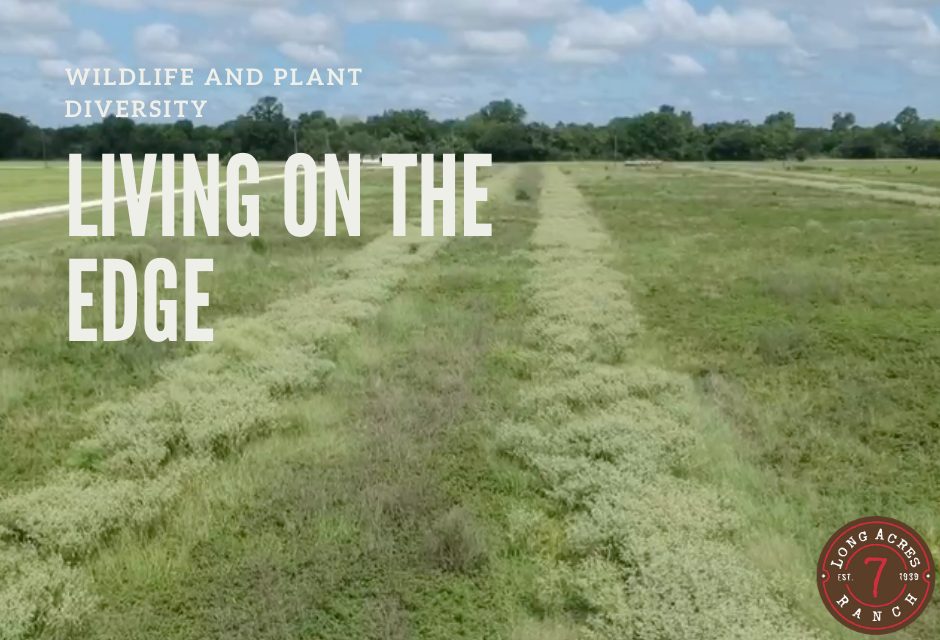Living on the Edge
“Using Strip Shredding or Mowing to Promote Wildlife Habitat and Diversity”
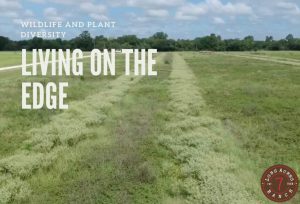
Life for many during these challenging times, have brought along a new appreciation for being outdoors and enjoying what nature has to offer. Folks are leaving their homes and seeking out parks and green spaces and experiencing the health benefits associated with being present in the outdoors. These natural environments and the plant and animal life that constitute them offer a peaceful respite from daily stresses. Check out the Long Acres Ranch post here to read more about the benefits of venturing outdoors! https://longacresranch.org/nature-and-our-brains/
As a new or veteran nature enthusiast, you might find yourself wondering about the wildlife you encounter on your outdoor adventures. You might also find yourself pondering the diverse, or maybe not so diverse plant life. “What do those animals eat?” “Are those plants from around here, or were they introduced from another region?” “Where might I look to see more and different kinds of wildlife?”
Look to the Edges!
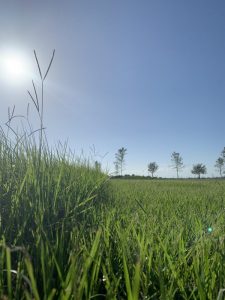
What exactly does an edge look like? An edge might be where an area has been mowed or shredded, adjacent to an area that has been allowed to grow taller and left wild. An edge might also be a line of trees, or created by a fence row. Anywhere you see a transition between short and tall vegetation. Texas Parks and Wildlife Biologist, Clint Faas, says this about wildlife that we may be looking to observe. “Most of the wildlife species we manage for can be described as edge species. They thrive in, and select for, those areas where one habitat type changes to another, or where one level of succession (the process by which plants mature over time) changes to another. These areas of change provide a diversity of resources to animals that they require in a particular habitat.”
Can we create these edges for wildlife?
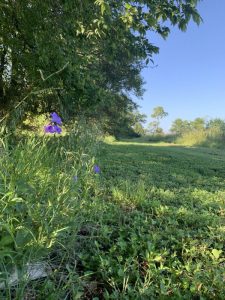
Beyond recognizing these edges, how can we manage or create edges to promote the presence of different types of plants and animals? Edges can be created by allowing vegetative growth in areas that do not require you to keep the plant life cut short. If it is an area that can be allowed to have tall growth, consider planting tall grasses native to Texas in those areas, and allowing them to grow to their full height. Ground birds and small mammals can use this taller plant life for cover which serves to protect them from predators and they can also consume the seeds produced.
How do these edges benefit both wildlife and plant diversity?
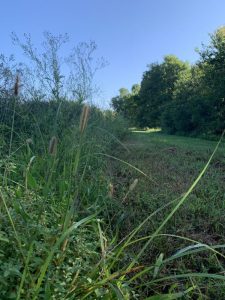
Encouraging diversity in plant life, leads to diversity in animal life. This is due to the varying needs of different animal species for different types of cover and food. If you have one type of plant, as you might find in a well-manicured Bermuda grass lawn, you would find very little or no animal life as the Bermuda grass does little to provide cover or nutrition for wildlife. If you maintain a rich variety of native plants however, you can help bring in wildlife that can use those plants to thrive. There is room for both however. Well maintained and manicured lawns or paths can be great neighbors to areas that have been left to grow tall. Clint Faas says creating these edges through a method of outdoor space management called “strip shredding” can create the following advantages for plant and animal life. “By shredding in strips rather than shredding an entire area at once, you are increasing the benefits gained from this practice because you are increasing the amount of edge along these strips. The mowed areas will have fresh new growth that are more palatable to browsing or grazing animals. An increase in forb growth may also become evident due to more sunlight reaching the soil. Forbs not only serve as a direct food source for but attracts more insects than grass alone for birds. In contrast the un-mowed areas maintain the taller vegetative component that can serve as cover for various wildlife species. Whether it’s a ground nesting bird that needs old-growth vegetation to build a nest, a doe hiding a fawn while she feeds nearby, or a field mouse escaping the dive of a nearby hawk, having cover next to food sources or travel corridors increases the value of a habitat to many species of wildlife”.
For more resources and for further study in managing natural areas for wildlife, please reference the following materials:
https://tpwd.texas.gov/publications/pwdpubs/media/pwd_bk_w7000_0792.pdf

